Key Takeaways
- Music production is a holistic process involving songwriting, arranging, recording, and technical skills, with the producer playing a key role in transforming musical ideas into polished tracks.
- Aspiring music producers need essential gear like a Digital Audio Workstation (DAW), audio interface, studio monitors, and MIDI controllers to build a functional home studio and craft their music.
- Releasing music today involves digital distribution, mastering tracks for uniform quality, and employing marketing and branding strategies to share the music with a global audience.
Ready to bring your musical dreams to life, but don’t know where to start? We’ve got you covered.
From choosing the right equipment and software to mastering your final track, this quick and helpful guide will walk you through the essential processes and gear to make your musical dreams come true. Expect tips for beginners and insights into the role of a music producer, all designed to help you start your music production journey with confidence.
Demystifying Music Production Delve into the heart of music production, where a single musical idea blossoms into a full-fledged song. It’s a journey through:
Delve into the heart of music production, where a single musical idea blossoms into a full-fledged song. It’s a journey through:
- Songwriting
- Composition
- Sound design
- Mixing
- Mastering
The music production process is more than just piecing together notes and rhythms; it’s about understanding technical nuances and how a song can evolve with sub-ideas to strike a chord with listeners. The music producer is the architect of this creative and technical endeavor, weaving together concepts and sounds to sculpt the final musical piece.
The Role of a Music Producer Step into the shoes of a successful music producer, a role that is as dynamic as it is crucial. The music producer is responsible for:
Step into the shoes of a successful music producer, a role that is as dynamic as it is crucial. The music producer is responsible for:
- Bridging creative ideas with practical execution
- Providing leadership and guidance to artists
- Having a deep understanding of music and musical knowledge
- Being proficient in recording and engineering
- Managing the intricate details of contracts and project budgets
They are the maestros of the studio, ensuring that the vision for a project is brought to life.
With a hand in arranging compositions, supervising recording sessions, and proposing alterations to the music, they are pivotal in transforming a rough sketch into a masterpiece. Sometimes, they even step into the realm of songwriting, crafting melodies and lyrics that resonate with the soul.
Essential Gear for Modern Music Production Embarking on the music production journey requires more than just passion. It demands a toolkit that can transform your creative visions into auditory reality. Key to this process is a modern music production setup that includes:
Embarking on the music production journey requires more than just passion. It demands a toolkit that can transform your creative visions into auditory reality. Key to this process is a modern music production setup that includes:
- A Digital Audio Workstation (DAW)
- An audio interface
- Studio monitors
- Headphones
- MIDI controllers
This gear is the bedrock upon which you will build your sound empire, from the first note to the final master.
Choosing Your Digital Audio Workstation (DAW)
The heartbeat of your home studio is your DAW. This music production software is your canvas for composing, recording, and mixing tracks. There’s a galaxy of DAWs out there, from FL Studio’s beat-centric platform to Logic Pro’s comprehensive suite for recording and production.
As a newcomer, dipping your toes into the waters of different DAWs via free trials can help you find the one that resonates with your workflow and musical style.
Building Your Home Studio Setup
Your home studio is where magic happens. It’s where you capture your musical ideas and polish them into finished tracks. A basic setup includes:
- A reliable computer
- DAW
- MIDI controller
- Audio interface
- A trusty microphone (like the Slate Digital ML-1)
Make sure you don’t overlook the acoustics of your recording space, either—acoustic paneling can quickly transform an echoey room into a pristine audio environment.
Selecting Virtual Instruments & Plugins
In the digital age, virtual instruments and plugins are your sonic paintbrushes, allowing you to splash your music with textures and rhythms that were once unimaginable. For those who love to experiment with beats and live performance, a grid controller like the Novation Launchpad can be a game-changer. A wavetable synthesizer like ANA 2, with its user-friendly interface and vast library, can be a cornerstone for your sound design, offering a plethora of presets to inspire your next hit.
Remember, sound hunting is not just a hobby; it’s an essential part of music production that gives you the building blocks for new musical ideas. And when it comes to shaping these sounds, tools like samplers are invaluable for crafting unique audio textures that set your tracks apart.
Crafting Your First Track: A Step-by-Step Guide
Now that you’re equipped with the tools of the trade, it’s time to embark on crafting your very first track. The process includes pre-production composition and song arrangement, followed by the recording and editing phase, and culminates in mixing and mastering.
A tentative song structure can act as a blueprint, guiding your creativity and simplifying the recording process. As you navigate through these stages, remember that each step is a learning experience, paving the way for your growth as a music producer.
Songwriting Essentials
Songwriting is the soul of your track; it’s where you breathe life into melodies and harmonies. By understanding music theory, you can craft melodies that linger in the mind, using scales and strong note choices to create tunes that resonate with listeners. Some tips for creating melodies that feel both fresh and familiar:
- Use the pentatonic scale, with its universal appeal, as a great starting point.
- Experiment with different note choices and intervals to create unique melodies.
- Pay attention to the rhythm and phrasing of your melodies to make them memorable.
- Don’t be afraid to break the rules and try something unexpected.
By following these tips, you can create melodies that captivate your audience and make your songs stand out when you record music.
Structure your melodies with clear beginnings, climaxes, and ends, and use stepwise motion to keep them simple yet memorable. And let’s not forget the backbone of your song: chord progressions. They set the emotional tone and are essential for supporting your melodies throughout the track.
Recording Techniques
When it’s time to finallly capture your compositions, the right recording techniques are paramount. An audio interface is your gateway to digital clarity, translating the nuances of your performance into a language your computer understands. Whether you’re recording vocals or an electric guitar, the intimacy and authenticity of your own recordings bring a unique character to your music.
While you might feel daunted by the technicalities, rest assured that with a bit of guidance, you can overcome any obstacles presented by recording space and microphone setup. Throughout this phase, rely on studio headphones for their flat frequency response, ensuring you’re hearing the truth of your music.
Mixing Mastery
Mixing is where you refine your track into a cohesive whole, balancing levels and textures to achieve a polished sound. Begin by pulling your faders down to create headroom for the mixing process, about -6db. Over time, your ears will learn to naturally discern the subtleties of balance and texture, which are crucial to achieving a polished, well-balanced mix.
Employ equalizers, compressors, and reverbs to shape your sound—these are the sculpting tools of a music producer. Don’t hesitate to use signal analyzers for precise equalization, ensuring that each element of your track harmonizes with the mix. Remember, a good understanding of mixing is what separates a rough mix from a professional one.
From Mixing to Mastering
Mastering, performed by a mastering engineer, is the final polish on your musical gem, ensuring that it shines with clarity and brilliance across all playback systems. This stage is about:
- Elevating your track’s quality
- Optimizing its loudness
- Ensuring it adheres to industry standards
- Getting it ready for the ears of the world.
It’s a meticulous process that not only enhances the audio but also checks for any inconsistencies, ensuring that your single or album maintains a consistent high-quality sound.
Releasing Music in the Digital Age
Welcome to the digital age, where your music can travel from your home studio to the farthest corners of the globe with the click of a button. To release your music, you’ll need to navigate the digital landscape with the help of music distributors who ensure your tracks are formatted correctly and loaded with the proper metadata for platforms like Spotify and Apple Music. These distributors offer a range of services tailored to different artist needs, including promotional tools and strategic advice, making them invaluable allies for independent artists looking to make their mark.
Utilize tools like SmartLink to give fans a one-stop link to your music, and platforms like Spotify for Artists to analyze and promote your work.
Continuing Your Production Journey
The music production journey doesn’t end with the release of your track—it’s a continuous path of growth and learning. Stay current with the latest trends and innovations by experimenting with new genres and tools. Embrace versatility and adaptability, expanding your opportunities in the music industry.
To stay up-to-date and relevant in the music industry, here are some key actions to take:
- Seek out online courses, workshops, and read industry publications to keep your knowledge fresh.
- Networking is essential; attend events, engage in online communities, and follow influencers to connect with industry professionals.
- Be open to embracing new technologies and platforms as they emerge.
Transforming Your Passion into a Career
Transforming your passion for music production into a career is a journey of strategic moves and personal branding. Networking is the lifeline of the industry, and with the right connections, you can open doors that lead to collaboration and opportunity. Reach out to labels, publishers, and build a social media presence that showcases your unique style and skills. A strong brand identity and savvy marketing strategies, including email campaigns and social media, are essential for standing out in a crowded marketplace.
By consistently producing music and sharing your own music, you demonstrate your creative vision and carve out a niche for yourself in the music world, as you create music that resonates with your audience.
Summary
To wrap up, producing music is an odyssey filled with creativity, technical mastery, and personal growth. From crafting your first track to mastering and releasing it into the digital world, each step is a building block towards realizing your musical dreams. With the right tools, techniques, and tenacity, you can transform your passion for music into a resonant career that not only fulfills you artistically but also resonates with listeners across the globe. The stage is set, the studio awaits—it’s time to make your mark on the music industry.
Frequently Asked Questions
What makes a good Digital Audio Workstation (DAW) for beginners?
Find a DAW that offers an easy-to-understand interface and a smooth learning curve, along with extensive features to foster creative experimentation without causing you to feel swamped. Confirm that it is within your financial means and supports your operating system.
Can I use plugins from other companies with my DAW?
Certainly, it’s possible to integrate plugins from various providers into your DAW, provided that they adhere to a compatible plugin format such as VST or AU. Verifying their compatibility with your particular DAW is crucial.
Do I need an audio interface to record with my DAW?
Certainly, acquiring an audio interface is advisable if you’re aiming for enhanced sound quality and greater versatility during recording sessions with your DAW.
For those committed to music production, it’s a valuable component to add to your setup.
How important is MIDI support in a DAW?
Support for MIDI is essential in a DAW because it provides enhanced control and versatility when creating and orchestrating music.
Are free DAWs worth using, or should I invest in a paid version?
Beginning with free DAWs offers learners the opportunity to develop their skills without any financial stress. As one’s abilities evolve, it may prove advantageous to invest in a paid version that comes equipped with sophisticated functionalities.



